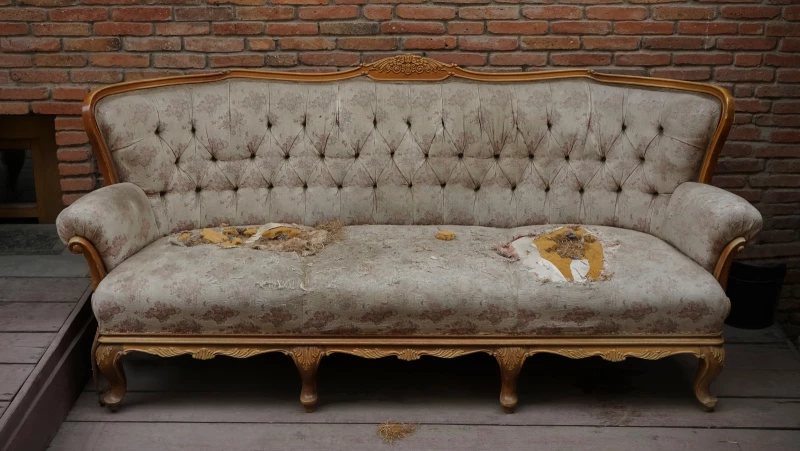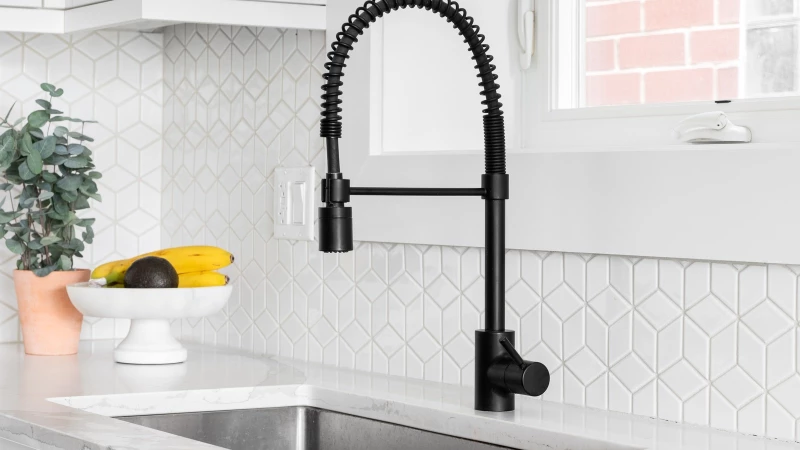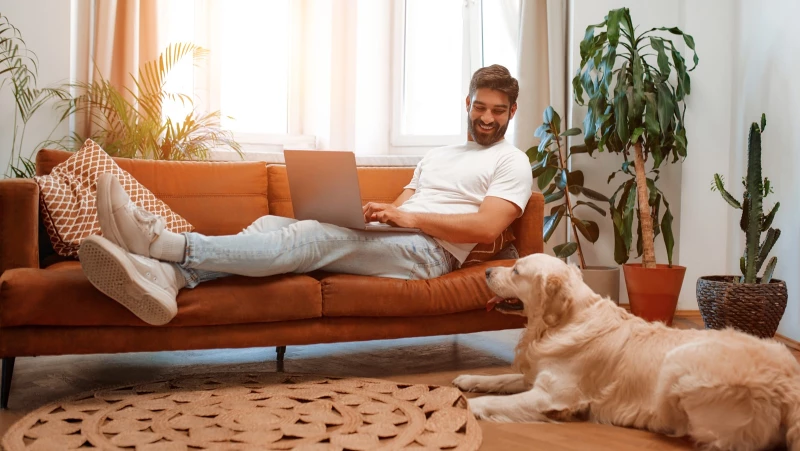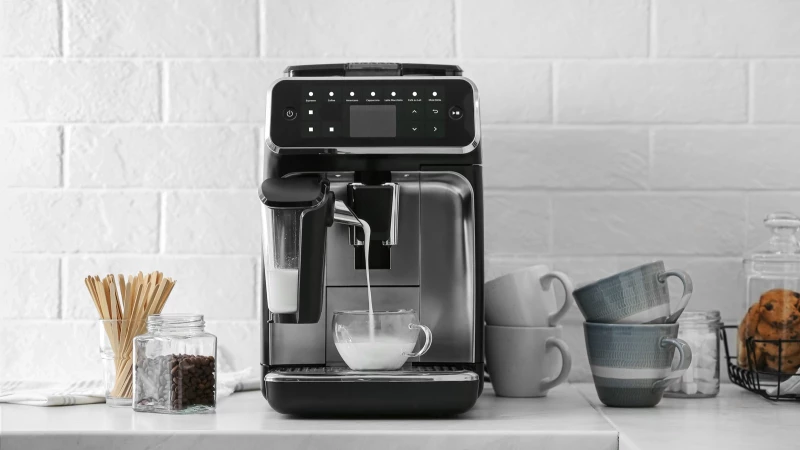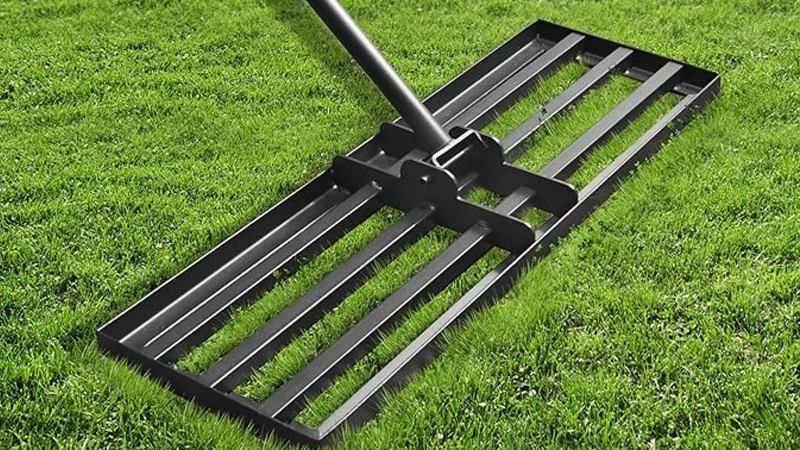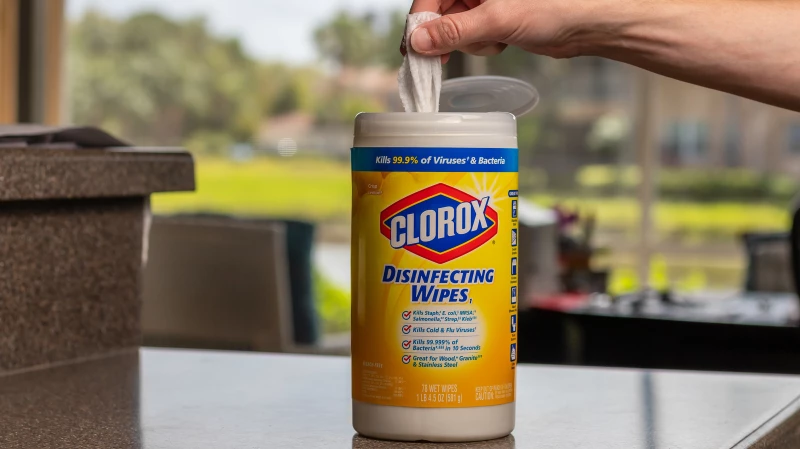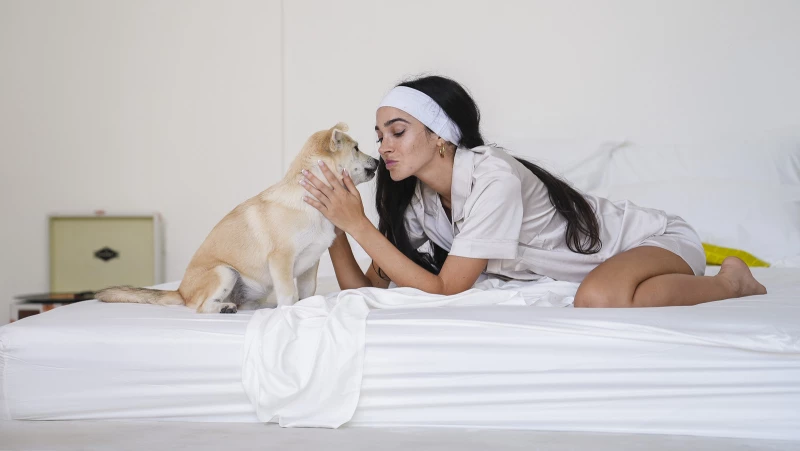Revamping vintage chairs and sofas can completely transform your living space, but it's not a decision to be made lightly. Whether it's considering the quality of the fabric or the overall impact on the furniture frame, there are several factors to ponder before diving into reupholstering.
Before anything else, it's crucial to understand the reason behind wanting to reupholster your vintage chair or sofa. If the original upholstery is significantly damaged, then it's a no-brainer. Damaged fabric will only diminish the value of the piece. However, if the damage is minimal and you believe the fabric can be saved, it's wise to conduct thorough research on the item. And if the upholstery is still in good condition, and you simply desire to blend old charm with modern aesthetics in your home, then research becomes even more vital.
As noted by Carrocel Interiors, reupholstery (unless it's necessary) can negatively impact the resale value of a vintage piece. That's particularly true if the piece in question is valuable in its original form. For that reason, before making any decisions based solely on wanting a newer-looking piece, it's a good idea to look into who manufactured the piece, way back when.
Check for any signs that the original material is unique
If you're considering reupholstering a vintage piece of furniture, always be sure to check who designed the original fabric first. Per Carrocel Interiors, in some instances, the upholstery itself was incredibly valuable at the time of its manufacture. That would make it even more valuable today.
As for how to tell out if the fabric on your vintage or antique furniture fits the bill, you could look for signs from the manufacturer yourself. According to Paolo Moschino, you may be able to spot a label, or find signs of the manufacturer burned into the wood. However, because these logos were often behind the upholstery, or may even have worn off in time, it's highly advisable to get the pieces appraised by a professional who knows exactly what to look for. Your local antique shop or auctioneer will typically do this, so take a look at who is available in your area.
If you are considering reupholstering your vintage furniture, it is important to call a professional for assistance. Even if the original upholstery is not valuable, and you wish to enhance the chairs, reupholstery can be an option. However, it is crucial to proceed with caution. Despite your previous experience with DIY projects, reupholstering is not as easy as it may seem, and it is recommended to seek professional help.
According to Hoarde Vintage, attempting to reupholster vintage furniture without the necessary tools and expertise could potentially harm the structure of the piece. This outcome is far from ideal, especially if you are reupholstering due to sentimental value or family heirloom status. To prevent any mishaps, it is advisable to seek out upholsterers with experience in working with antiques. While it may incur additional costs, prioritizing the preservation of your furniture is essential, even if it means saving up for reupholstery at a later time.
Deciding Whether to Reupholster Your Vintage Furniture
Reupholstering your vintage furniture is a decision that ultimately comes down to personal preference. While there are benefits to preserving the original upholstery, there is also something special about putting your own touch on a piece of history with new fabric.
Whether you choose to maintain its authenticity or give it a fresh look, the choice is yours to make based on what resonates with you.

